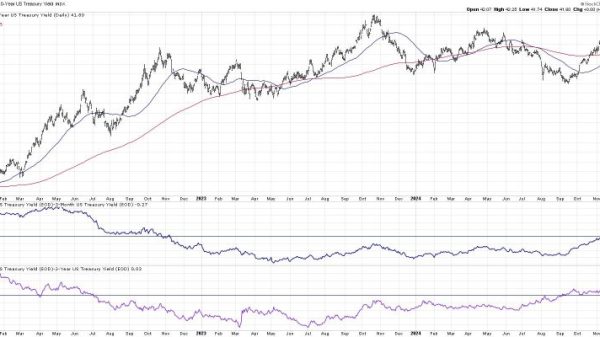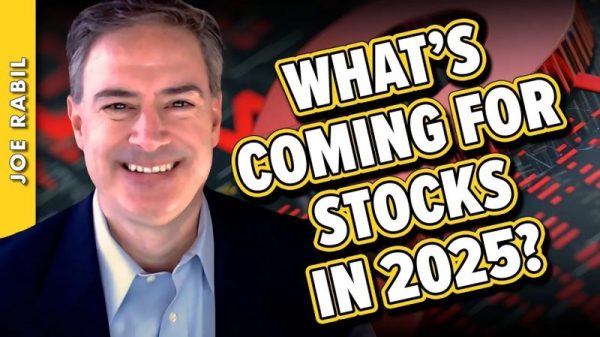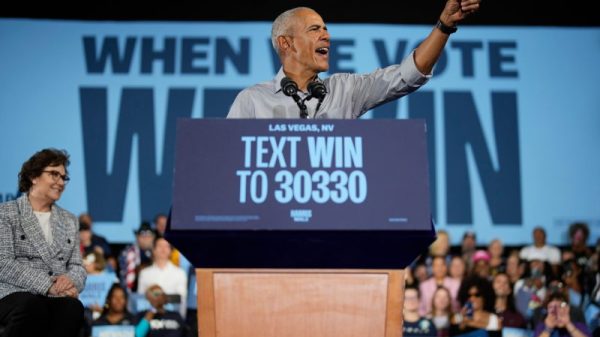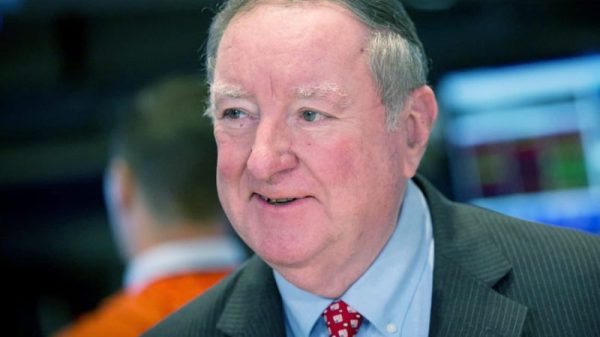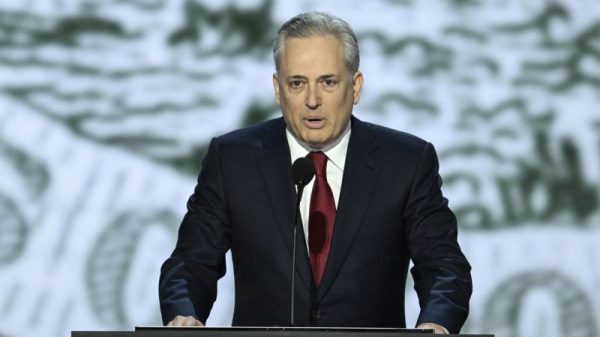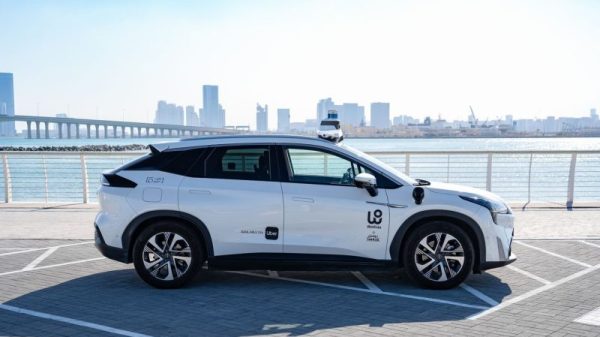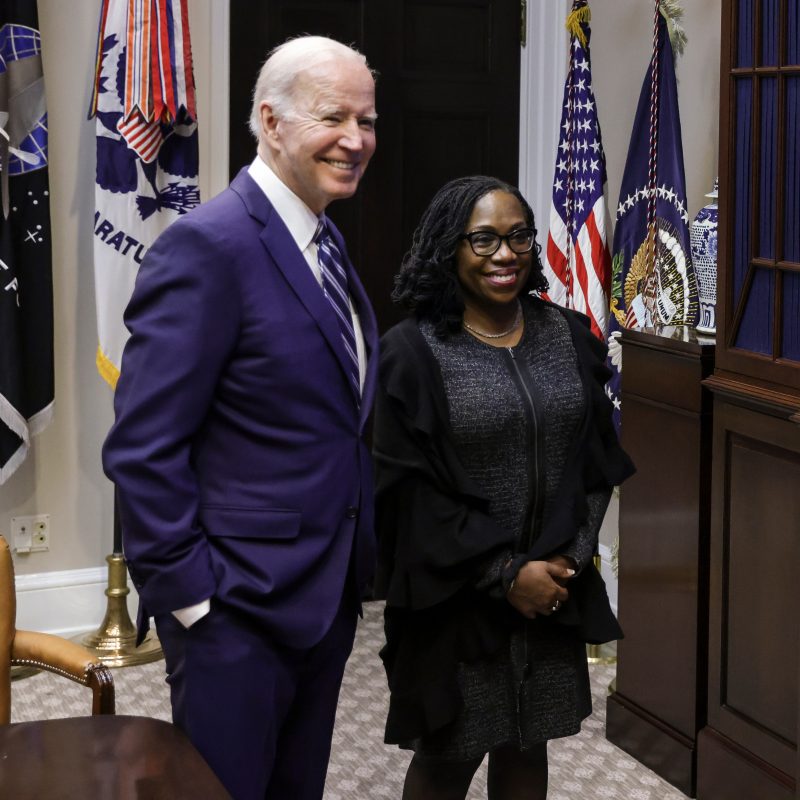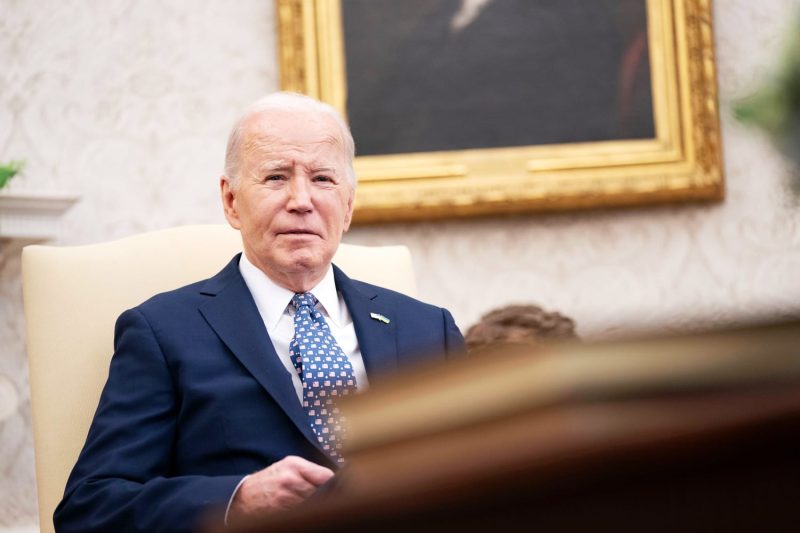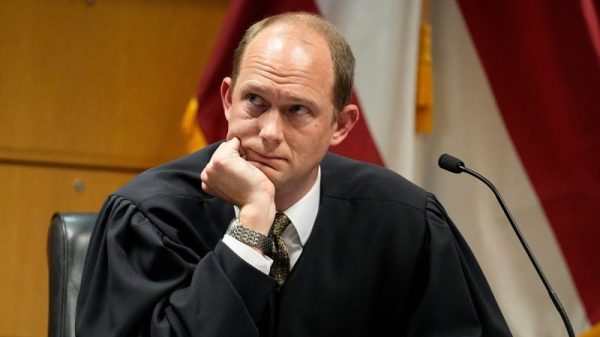In recent years, the Supreme Court of the United States has become a topic of intense debate and scrutiny. With the nomination and confirmation of several justices who are perceived as leaning towards a particular ideological spectrum, the court’s decisions on crucial issues have drawn significant attention from across the political spectrum. As a result, calls for reforming the Supreme Court have grown louder, with some advocating for expanding the number of justices on the bench—a proposal known as court-packing.
The idea of court-packing is not a new one, and it has been proposed at various points in history. The most famous attempt to expand the Supreme Court occurred during the presidency of Franklin D. Roosevelt in the 1930s. Frustrated by the court striking down key elements of his New Deal legislation, Roosevelt proposed adding more justices to the court to tip the ideological balance in his favor. However, his plan was met with significant opposition, and ultimately failed to gain enough support in Congress.
Fast forward to the present day, the possibility of court-packing is once again being discussed seriously. President Joe Biden, who had been hesitant to voice his support for such a measure during his election campaign, is now reportedly considering endorsing the idea. If Biden were to lend his support to court-packing, it would mark a significant shift in his stance on the issue and could have far-reaching implications for the balance of power within the highest court in the land.
Proponents of court-packing argue that expanding the number of justices on the Supreme Court would help balance out the influence of the conservative justices appointed in recent years. They contend that adding more seats to the court would enable a more diverse range of viewpoints to be represented, thus leading to more balanced and fairer decisions. Additionally, supporters of court-packing point to the historical precedent of changing the number of justices on the court, arguing that it is a legitimate and constitutionally permissible way to shape the judiciary.
Opponents of court-packing, however, raise concerns about the potential consequences of such a radical change to the Supreme Court. They argue that expanding the court for partisan purposes could erode the institution’s credibility and independence, turning it into a political football that is subject to the whims of whichever party holds power. Furthermore, critics of court-packing warn that such a move could set a dangerous precedent, as future administrations may seek to further alter the composition of the court to suit their own agendas.
The debate over court-packing is likely to intensify in the coming months, as President Biden weighs the political risks and benefits of endorsing such a controversial measure. The outcome of this debate could have a profound impact on the future of the Supreme Court and the broader landscape of American politics. As the discussion unfolds, it is essential for all stakeholders to carefully consider the long-term implications of any proposed reforms to the judicial branch, ensuring that the integrity and independence of the Supreme Court are upheld for generations to come.



